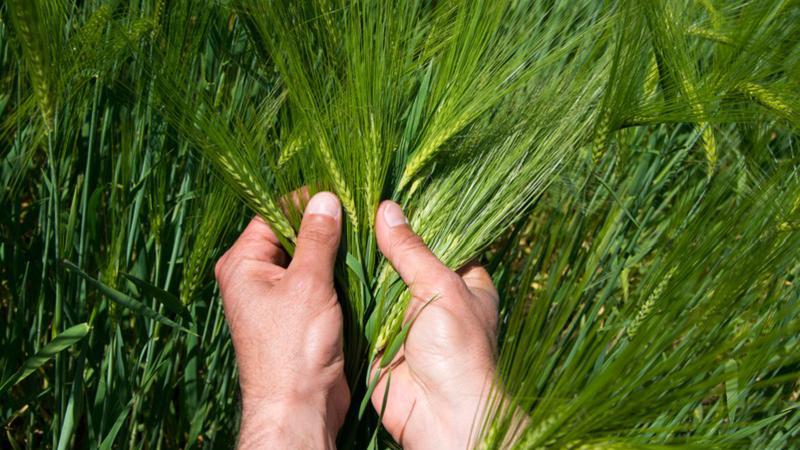
Canadian farmers expected to grow more barley and less canola this year
MELFORT, Sask. — Statistics Canada is forecasting a large increase in barley areas, a modest rise in canola acreage but less wheat, peas, and oats this year.
The numbers come from a March survey of 11,500 Canadian farmers.
Canadian farmers intend to expand canola acres as they look to cash in on record-high prices. The Statistics Canada 2021 Seeded Acre Estimates indicated seeded canola area could reach 21.5 million acres up 3.6 per cent from last year and the biggest area in three years.
Senior commodity futures advisor Ken Ball with P.I. Financial in Winnipeg, Man. said the markets would like to see canola acres over 23 million metric tonnes. He said even if the total acres manage to go up a bit it will still be shy of that number.


